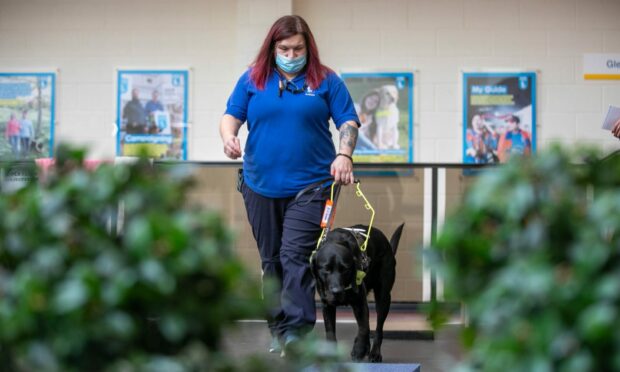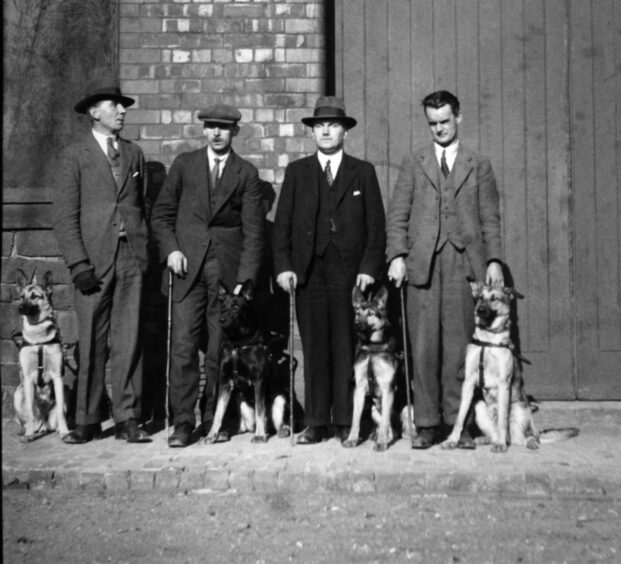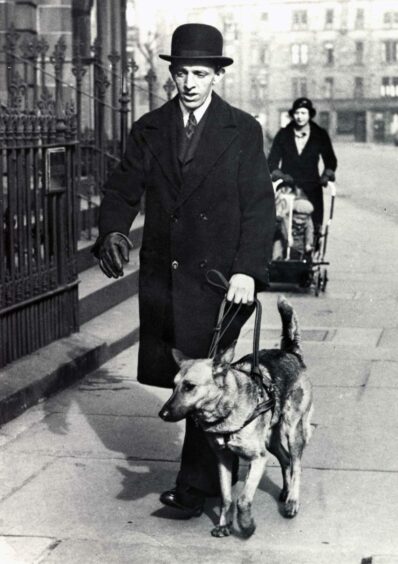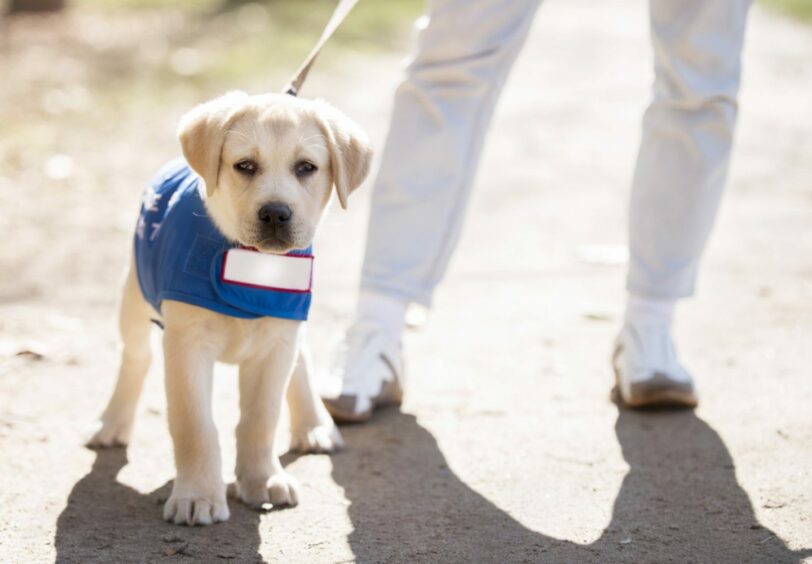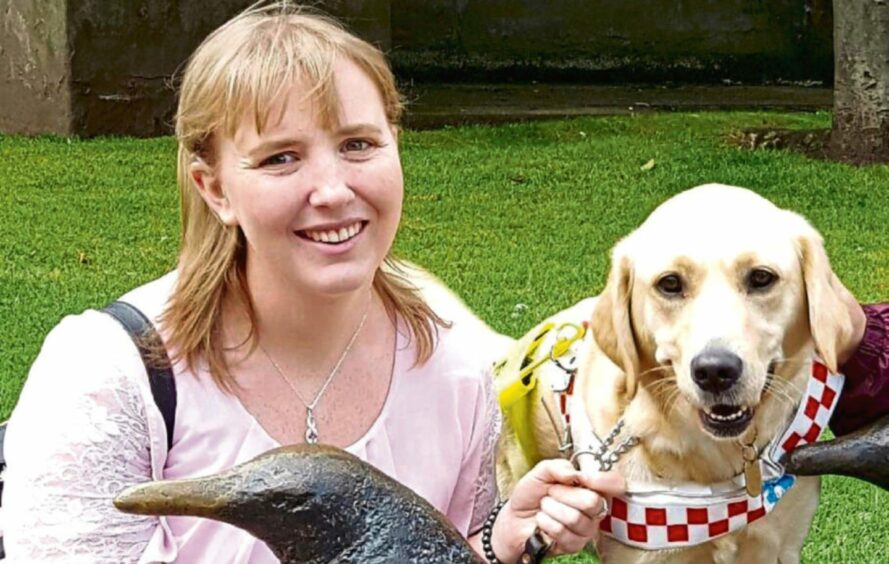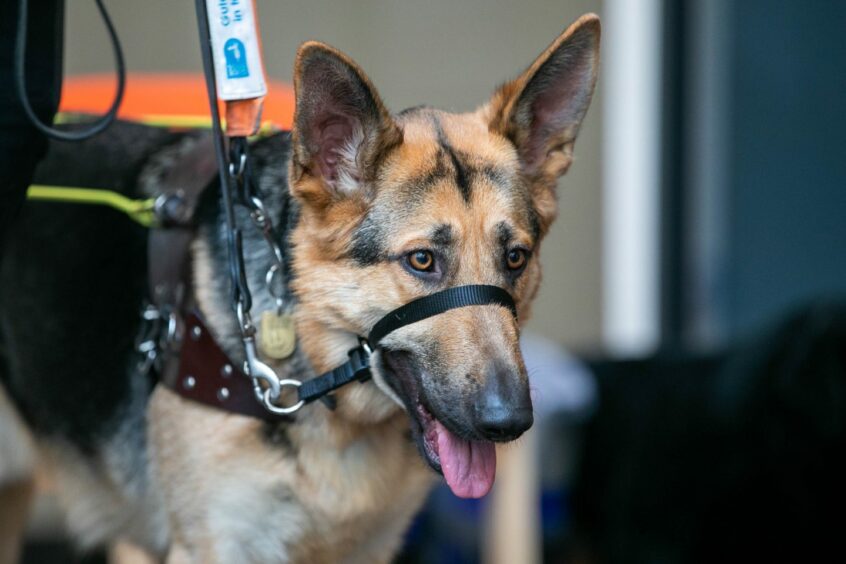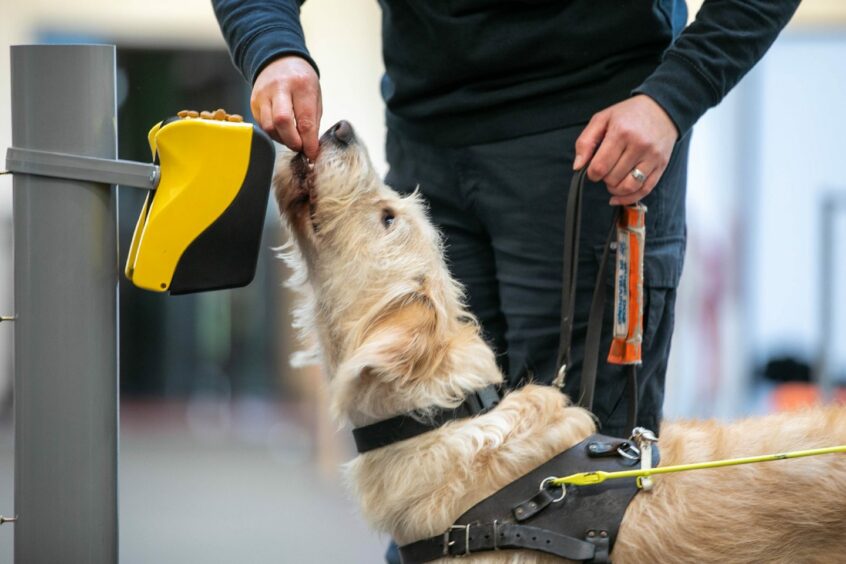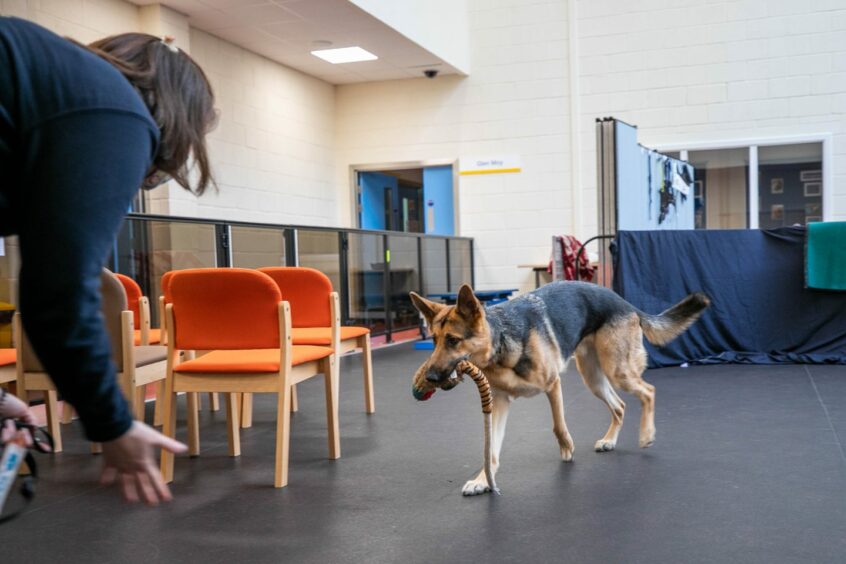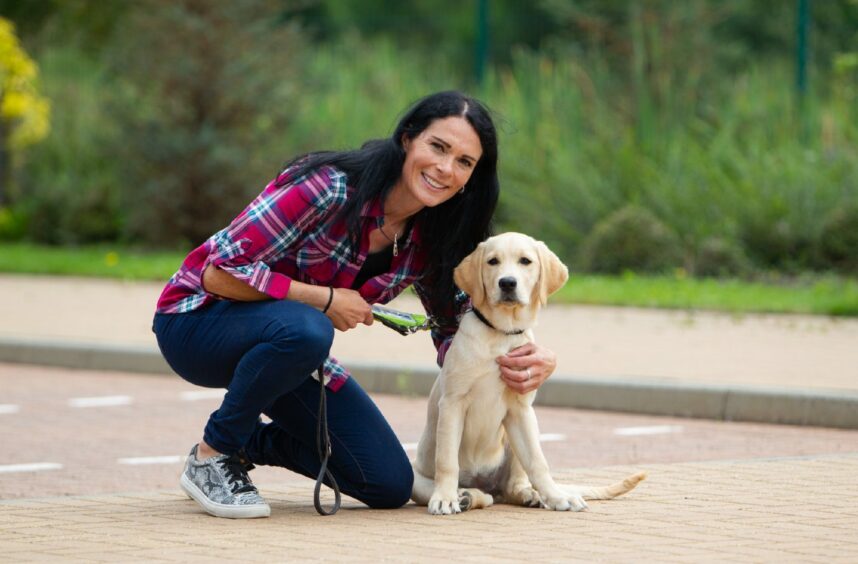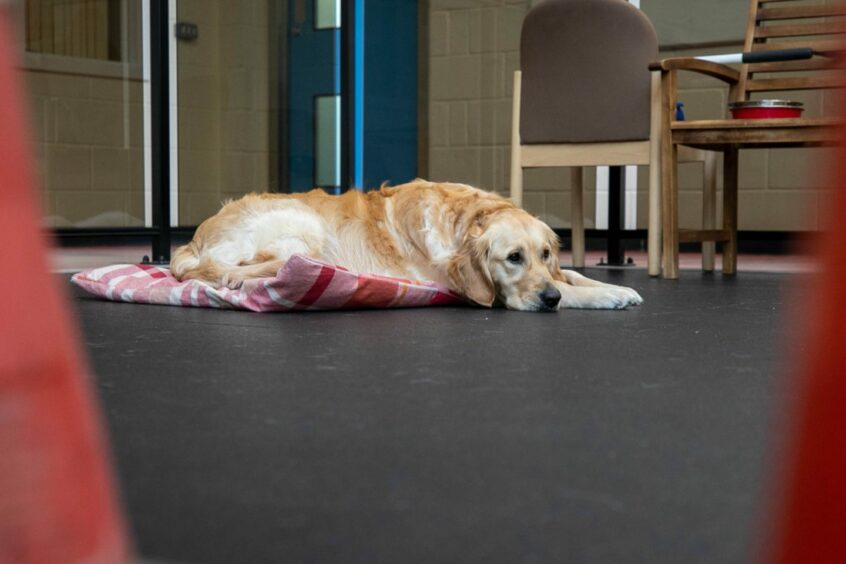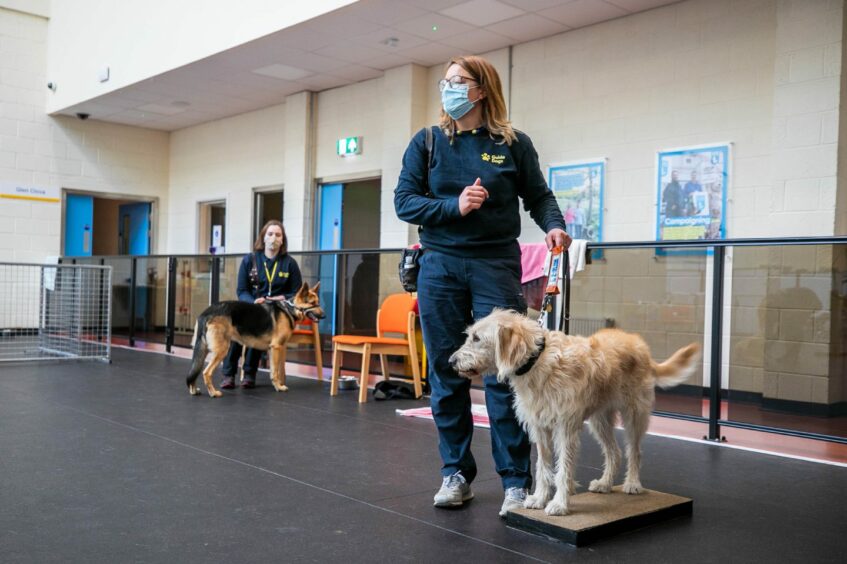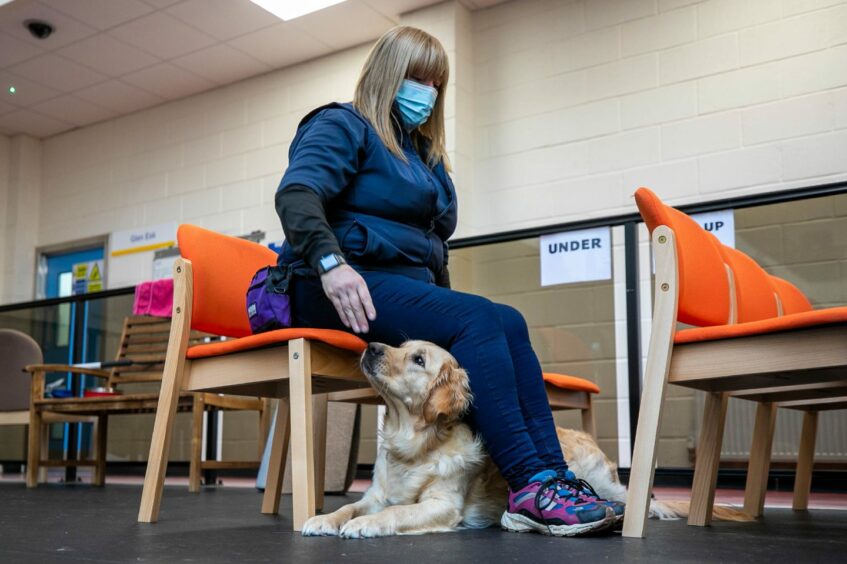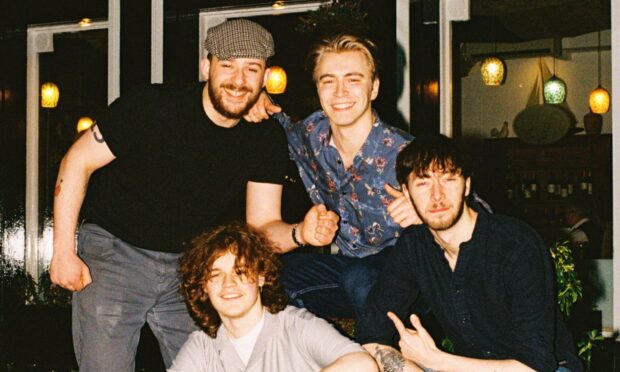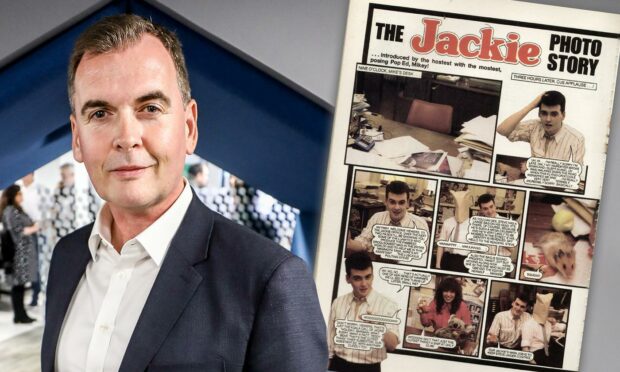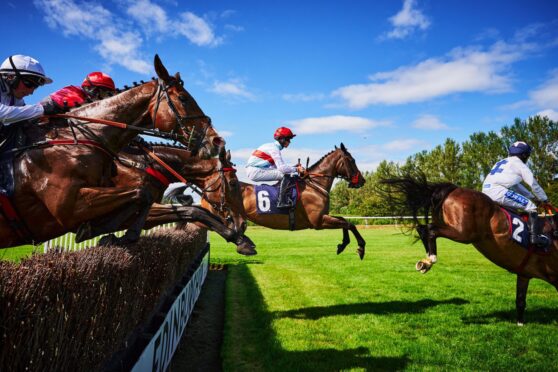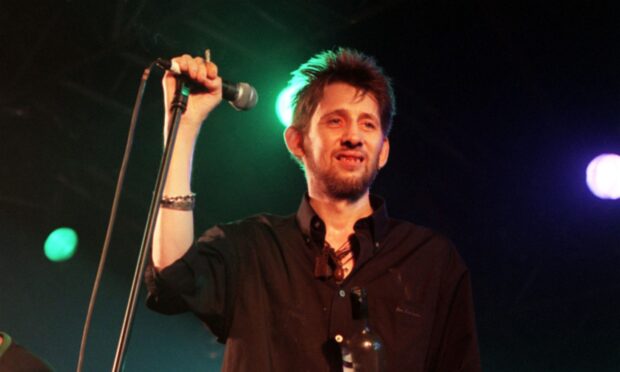As 2021 marks the 90th anniversary of Guide Dogs UK, Gayle Ritchie looks at the incredible story of the charity saving lives alongside man’s best friend.
It was the late summer of 1931 when Muriel Crooke and Rosamund set out to train a handful of dogs to support four blinded First World War soldiers.
Inspired by projects in America, Germany and Switzerland, these remarkable women based themselves in a humble lock-up garage in Wallasey, Merseyside. Back then, their idea was pretty radical, but the impact was immediate.
Within six months of meeting Flash, Folly, Meta and Judy, four German Shepherds, their new owners reported finding a freedom and independence they had not known since before the war.
Allan Caldwell wrote that his guide dog Flash had “revolutionised” his working life, adding: “Obstructions of any kind have no more terrors for me now, for Flash is so extremely sensible of my safety, consequent of her excellent training.
“Her piloting of me along a crowded pavement is so skilful that it has to be seen to be believed.”
And as well as giving him “glorious freedom and independence, never know since pre-war days”, Allan found in Flash a “delightful companionship and an unfailing friend”.
Three years later, the Guide Dogs for the Blind Association – now known as Guide Dogs – was formed.
In 1940 the charity launched its first training centre and by 1956 it had started recruiting volunteer puppy walkers.
A breeding programme began in 1960, with Labradors, golden retrievers and German Shepherds the most common.
In the mid-60s the charity was introduced to a new generation when BBC children’s show Blue Peter launched an appeal to collect silver foil and milk bottle tops – funding two guide puppies.
Flagship Forfar centre
Locally, guide dogs in Forfar have become almost as iconic as the Angus town’s famous bridie!
The original Guide Dogs training centre, which stood on the old Dundee Road, was opened on July 19 1965 by HRH Princess Alexandra.
Forty-three years later, in 2008, Guide Dogs opened its flagship Forfar Training School in the Orchardbank Business Park.
The world-class training school has an outdoor area where dogs can get used to different paving types, traffic lights and obstacles such as bollards and road signs. The innovative kennels were designed in an L-shape so the dogs can see and interact with each other and staff.
“The dogs that pass through our doors here go on to be valuable guides and companions to people not only in Scotland, but all over the UK,” says Wendy Kinnin, head of canine assisted services (Scotland and Northern Ireland).
One person who is hugely grateful to Guide Dogs Scotland is Lisa Halley from Dundee.
Lisa was born deaf and was diagnosed with Usher syndrome when she was 21, a condition which means her sight loss will become worse over time and may eventually be lost completely.
Day to day, the Abertay University graduate uses sign language and lip reading to understand others and describes her vision as “like looking through the tiny hole at the bottom of an ice cream cone.”
The introduction of dual guide dog Jumble, who is both a trained guide dog and hearing dog, was a major turning point for Lisa in 2016.
“I was frightened to leave my room,” recalls Lisa, now 31.
“I didn’t know what my life would be like and that scared me – until my life changed when I was partnered with Jumble.
“Jumble is there when I need a hug and she keeps me safe every day. She makes me leave my house on the days when I feel I can’t even get out of bed. I always say she is not just a dog to me – she is my ears, eyes, but most importantly, my best friend.
“I don’t think anyone can fully understand the special bond between a guide dog and their owner unless they have experienced it themselves. It is truly special.”
Transforming lives
Since 1931, thanks to dedicated staff, volunteers and campaigners – and vital donations – the charity has partnered more than 36,000 people with a guide dog and transformed the lives of thousands more through other services.
“At any one time we are responsible for 8,400 puppies and dogs,” says Wendy.
“We are one of the only organisations globally that breeds and nurtures dogs throughout their lifetime.”
Training had to be paused during the pandemic, especially during the first lockdown.
Every trainee guide dog at the training centre in Forfar (there were around 90) was found a foster home during the pandemic and was looked after by volunteers and staff.
There’s currently a global shortage of guide dog mobility specialists and the next 10 years will see the charity recruiting 60 trainees to support those who need a guide dog.
“Ninety years on Guide Dogs faces a similar problem to the one Muriel Crooke had – training enough specialist guide dog trainers to meet the demand for our life-changing dogs,” explains Wendy.
“It costs £34,600 to breed and train a single guide dog and £54,800 to support a guide dog from birth to retirement. We rely on donations from the public to keep our life-changing services running. Less than one per cent of our income comes from government funding.”
The charity helps people at every stage of life – from a four-year-old who has a “buddy dog” to a 97-year-old guide dog owner.
“We are incredibly lucky to have more than 16,000 amazing volunteers who give us around 18.5 million hours of support each year,” says Wendy.
“Our volunteers are at the heart of what we do – without them, we wouldn’t be able to help thousands of people.”
Living with sight loss
Sadly, sight loss isn’t going away. Every six minutes in the UK one more person loses their sight.
And every day 250 more people join the two million already living with sight loss.
It’s a number set to double by 2050. But Guide Dogs isn’t going away either.
“With new services, new technologies and amazing staff, dogs, and supporters, we plan to double the amount of people we help by 2023, helping people with sight loss live actively, live independently and live well,” says Wendy.
“As the need for guide dogs increases, so must the number of life-changing dog partnerships. In 2021 we will partner 675 dogs, but by 2031 we expect this to have increased to more than 1,000.
“We hope to do this by increasing the number of training staff who bring those partnerships together.
“We are also developing our online information and guidance to provide 24/7 support and have launched our new expert led telephone service – Guide Line.”
Peter Osborne, the director of operations at Guide Dogs, says the charity has come a long way, “developing our services and becoming a leading voice for people with a vision impairment, enabling their representation and inclusion.”
He adds: “Whether someone benefits from our children and young people service, our sighted guides or our dogs, Guide Dogs will always be there for people with sight loss and their loved ones.”
Cuddling canines
I couldn’t resist (another) trip to the fantastic Forfar Training School where I knew I’d get to cuddle dogs galore, writes Gayle Ritchie.
I’d been there twice before – in September 2019, ahead of the annual fun day, and in April 2016, to do a story about fears around the charity’s services potentially moving to the Central Belt.
Thankfully, that’s not going to happen and the centre, the first in the UK to be purpose-built, looks set to stay for decades.
On my recent visit I met four dogs – German Shepherd Arthur, golden retriever Alice, labradoodle River and black Labrador cross retriever Vince – and their trainers.
Handsome Vince is sponsored by blind diabetic Wayne Pugh who in 2019 set himself the challenge of climbing Britain’s highest mountain and raising money for Guide Dogs UK.
Before he was introduced to his own guide dog Vince, a four-year-old Labrador retriever cross, he rarely left his home in Stoke-on-Trent.
His ambition was to climb Ben Nevis, raise £5,000 and then name a guide dog after Vince. Enter two-year-old Forfar- based Vince!
I watch as the dogs are tempted by a packet of biscuits scattered on the ground.
“There are many distractions in the ‘real’ world and it’s about teaching them to ignore them,” explains Vince’s trainer Carol Matheson.
“They need to learn that food comes from the trainer only. We don’t want them lunging at food and scavenging.”
I watch Alice in action as her trainer Heather Wilson tells me about platform training.
“They’re an amazing tool,” says Heather, pausing to give 18-month-old Alice a treat.
“She gets a reward when she stands on the platform and you can see she’s absolutely focused on getting to it. It’s about reinforcing positive behaviour.”
Heather also takes Alice onto a mock bus and encourages her to tuck herself under the seat – out the way of fellow passengers. When she settles, she gets a treat.
“If you run out of food, training has to stop because you don’t have anything in your toolkit to reinforce positive behaviour,” she explains.
“Dogs get a set amount of kibble each day and they have to work for food all the time.
“They don’t just get given it in a bowl! They night get a puzzle feeder or a Kong toy but they have to do something to get it.”
I get the best cuddles from 16-month-old Arthur and chat to his handler Lydia Moir.
“He’s such a fan of hugs and kisses!” says Lydia. “He’s a really lovely boy. He comes home with me at night which is brilliant!”
- Guide Dogs Scotland relies on donations to continue its life-changing work. guidedogs.org.uk
